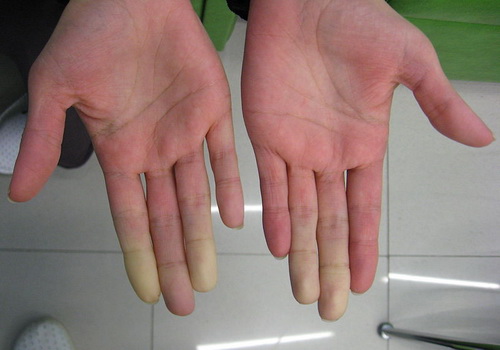
Signs And Symptoms Of Sjögren’s Syndrome
Sjögren’s Syndrome mainly involves signs and symptoms related to the lacrimal gland and salivary glands but other organs of the body may also be involved (extraglandular manifestations). A lacrimal gland inflammation causes dryness of the eyes and other symptoms related to the eyes such as irritated eyes, decreased tear production, eye infections, and serious abrasions in the eye. Inflammation of the salivary glands does not only cause dryness of the mouth but also difficulty in swallowing, difficulty in grinding food, tooth decay, cavities, gum infections, and mouth sores. Dry lips are also seen in most cases.
- Important notification about information and brand names used in this slideshow!
- Photo courtesy of Intermedichbo by Wikimedia Commons : sr.wikipedia.org/wiki/%D0%94%D0%B0%D1%82%D0%BE%D1%82%D0%B5%D0%BA%D0%B0:Secondary_Raynaud%27s_in_Sj%C3%B6gren%27s_syndrome_1_.JPG

What Causes Sjögren’s Syndrome?
The exact etiology (cause) of Sjögren’s Syndrome is still unknown, but researchers believe that genes play an important role in the development of this disease. Individuals who have a family history of Sjögren’s Syndrome or any other autoimmune disorder are more likely to develop this disease. The other autoimmune disorders that may play a role in development of Sjögren’s Syndrome include systemic lupus erythematosus (SLE), Grave’s disease, Hashimito’s thyroiditis, and diabetes type 1. It is possible to develop Sjögren’s Syndrome even if you don't have risk factors. People without a family history of any autoimmune disorder may also develop the disease at any age.
- Important notification about information and brand names used in this slideshow!
- Photo courtesy of Duncan Hull by Flickr : www.flickr.com/photos/dullhunk/4422952742/

Who's At Risk?
There is no specific group of people who will develop Sjögren’s Syndrome for sure but there are some people who are at a greater risk of developing this disease. Individuals with a family history of this disorder are at great risk of developing the same disease. Besides that, individuals who have developed any other autoimmune disorder are also at a greater risk of developing this disease. Having a greater risk of Sjögren’s syndrome doesn’t necessarily mean you will get the disease. Such individuals may spend their whole lives without developing any symptoms of this disease.
- Important notification about information and brand names used in this slideshow!
- Photo courtesy of Dell Inc. by Flickr : www.flickr.com/photos/dellphotos/8921678439/
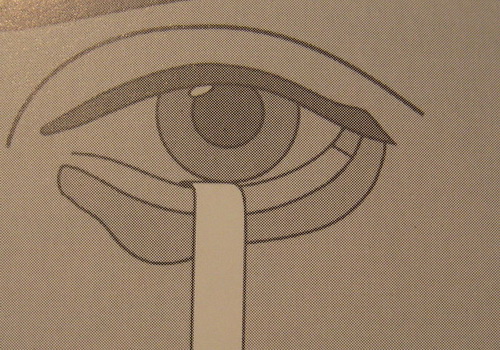
How Is Sjögren’s Syndrome Diagnosed?
Sjögren’s Syndrome is diagnosed mainly by clinical impression and some lab tests. Dryness of the eyes can be tested by placing a strip under the eyelid; sophisticated testing can be done by an ophthalmologist. Inflammation of the salivary glands can be diagnosed through a radiologic nuclear medicine salivary scan, while the decrease in the ability to produce saliva can be tested with salivary flow testing. A biopsy of the lower lip's salivary gland tissue is very useful for the diagnosis of Sjögren’s Syndrome. There are several other tests that are performed for the confirmation of the diagnosis of Sjögren’s Syndrome and to rule out other disorders that may mimic this disease. The presence of Anti-SSA or anti-SSB antibodies in blood suggests presence of autoimmune disorder.
- Important notification about information and brand names used in this slideshow!
- Photo courtesy of Intermedichbo by Wikimedia Commons : sr.wikipedia.org/wiki/%D0%94%D0%B0%D1%82%D0%BE%D1%82%D0%B5%D0%BA%D0%B0:Schirmer_test.JPG
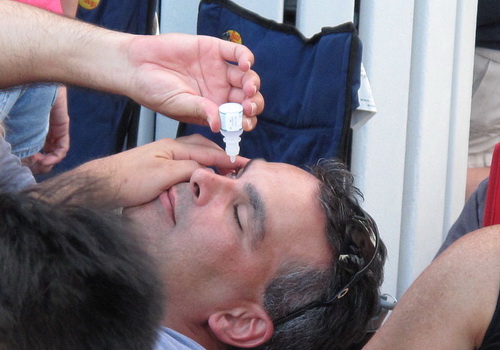
How Can You Treat Sjögren’s Syndrome?
There is no cure for this disease but there are different methods by which you can control and decrease the symptoms of this disease. The goal of the treatment is to prevent worsening of the symptoms and decrease the severity of the disease. Good oral hygiene is one of the best initial treatment methods to control Sjögren’s Syndrome. It may not help a dry mouth but it definitely helps in the prevention of oral infections and dental decay. Dryness of the eyes can be treated with the help of artificial tears. A wide range of artificial tears are available at drug stores. People who live in dry areas or travel too much must use artificial tears more often to prevent dryness. Prescription drugs (pilocarpine and cevimeline) stimulate saliva production and help in the prevention of a dry mouth.
- Important notification about information and brand names used in this slideshow!
- Photo courtesy of Lars Andreas by Wikimedia Commons : en.wikipedia.org/wiki/File:Man_taking_eyedrops.jpg

Can Diet And Lifestyle Changes Help?
Diet plays an important role in the worsening and relief from the symptoms of Sjögren’s Syndrome. There are several foods that are known to worsen the symptoms while some specific foods and fluids are also known to improve the symptoms of the disease. Drinking plenty of fluids is found to be very helpful in the prevention of a dry mouth. Oral ulcers or abrasion may develop because of the absence of adequate amount of saliva in the mouth but drinking a lot of water or other clear liquids keep you away from any complications. Use of Vitamin E oil and foods rich in vitamin D are known to be very helpful.
- Important notification about information and brand names used in this slideshow!
- Photo courtesy of Mattie Hagedorn by Flickr : www.flickr.com/photos/vegan-baking/8593210803/
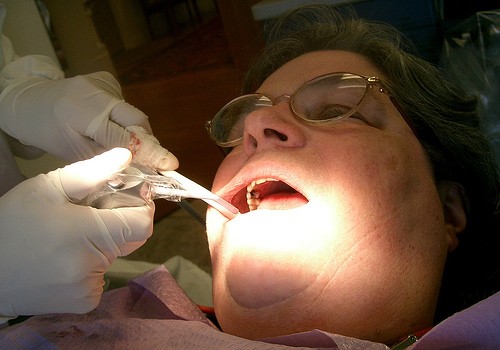
Complications Are Rare
Complications such as infection are not very likely to develop in patients suffering from Sjögren’s Syndrome. However, oral infections, dental decay, sinusitis, eye infections, vaginitis, and bronchitis are seen as complications in most cases. An inflammation of the parotid gland is also seen in some cases but this is very rare. This can be a serious complication because it may block the ducts that drain the gland. It is treated aggressively with antibiotics and surgery. A small number of patients suffering from Sjögren’s Syndrome may develop lymphoma (cancer of lymph glands). This is a late complication and is seen in people who have developed the disease many years ago.
- Important notification about information and brand names used in this slideshow!
- Photo courtesy of Bev Sykes by Flickr : www.flickr.com/photos/basykes/439450115/

Can Sjögren’s Syndrome Be Prevented?
Sjögren’s Syndrome is thought to be a hereditary disease, so there is no particular way this disease can be prevented. However, complications of this disease can be prevented with proper care and treatment. People who have developed any other autoimmune disorder and individuals who have a family history of Sjögren’s Syndrome or any other autoimmune disease should ideally get routine tests every 6 months. This does not stop the occurrence of the disease but it can help in the detection of the disease at earlier stages which may help prevent severe symptoms.
- Important notification about information and brand names used in this slideshow!
- Photo courtesy of Orin Zebest by Flickr : www.flickr.com/photos/orinrobertjohn/500193455/
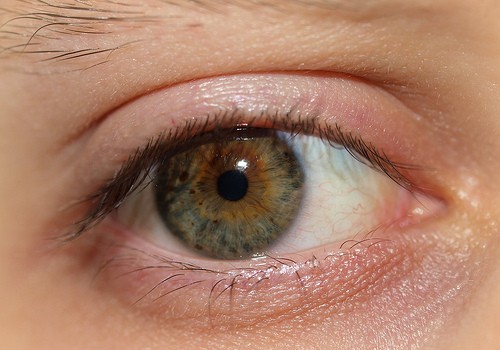
Forms Of Sjögren’s Syndrome
Sjögren’s Syndrome is mainly divided into two forms, primary and secondary. Primary Sjögren’s Syndrome – when the disease occurs primarily due to the production of antibodies against the lacrimal and salivary glands without the symptoms of any other autoimmune disease. In this case, the main symptoms that patients may experience are dry eyes and a dry mouth. Secondary Sjögren’s Syndrome – when the symptoms of Sjögren’s Syndrome develop due to the presence of any other autoimmune disorder. In the case of the secondary form of Sjögren’s syndrome, the symptoms of the disease may appear simultaneously with the symptoms of another autoimmune disorder or the symptoms may appear after the symptoms of the other disease have disappeared.
- Important notification about information and brand names used in this slideshow!
- Photo courtesy of Michael Gil by Flickr : www.flickr.com/photos/msvg/5197694152/
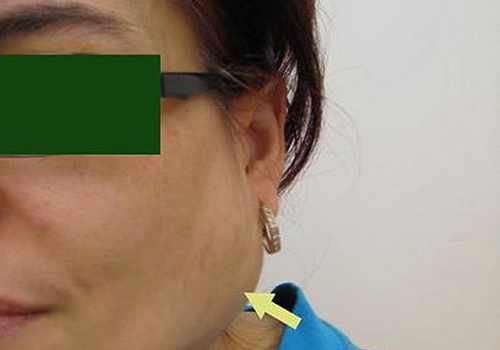
What Is Sjögren's Syndrome?
Sjögren’s Syndrome is an autoimmune condition that is characterized by the degeneration of lacrimal and salivary glands that results in dry eyes and a dry mouth. Females are more likely to develop this condition than males. In this disease, the immune system forms extra antibodies against the normal tissues of the body which results in the inflammation of various tissues within the body. It specifically attacks the glands that are responsible for the production of tears and saliva. This, in turn, causes dryness of the eyes, lips, and mouth. This disease may cause complications if left untreated.
- Important notification about information and brand names used in this slideshow!
- Photo courtesy of Intermedichbo by Wikimedia Commons : sr.wikipedia.org/wiki/%D0%94%D0%B0%D1%82%D0%BE%D1%82%D0%B5%D0%BA%D0%B0:Parotoid_gland_in_Sj%C3%B6gren%27s_syndrome.JPG
- www.mayoclinic.com/health/sjogrens-syndrome/DS00147
- http://www.medicinenet.com/sjogrens_syndrome/article.htm
- http://www.medicalnewstoday.com/articles/233747.php


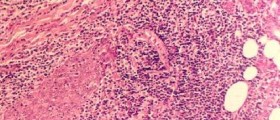
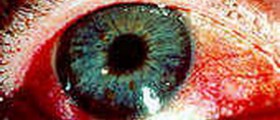
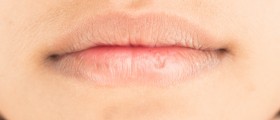
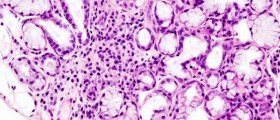

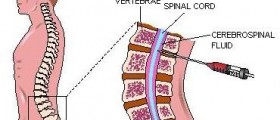
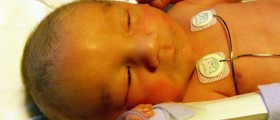

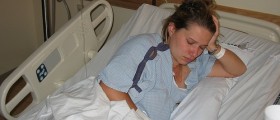

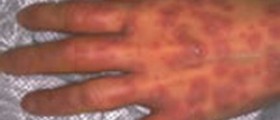



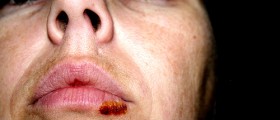
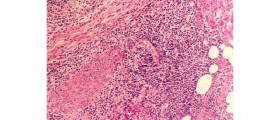

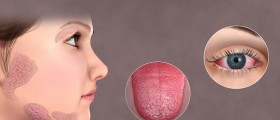
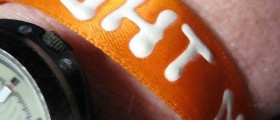
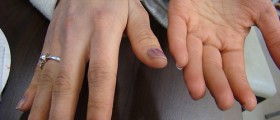
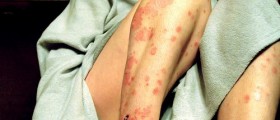




Your thoughts on this
Loading...